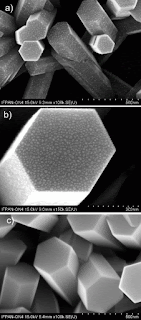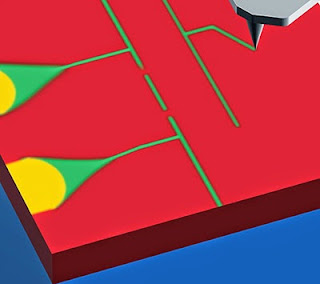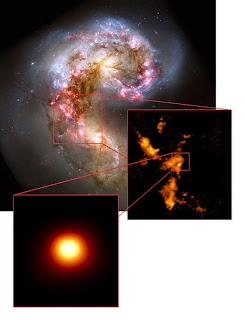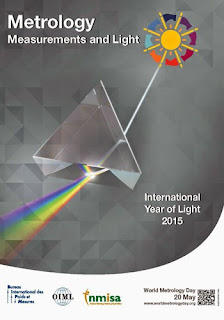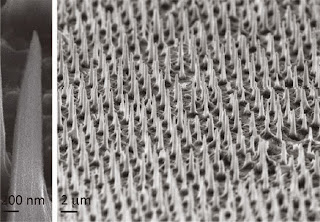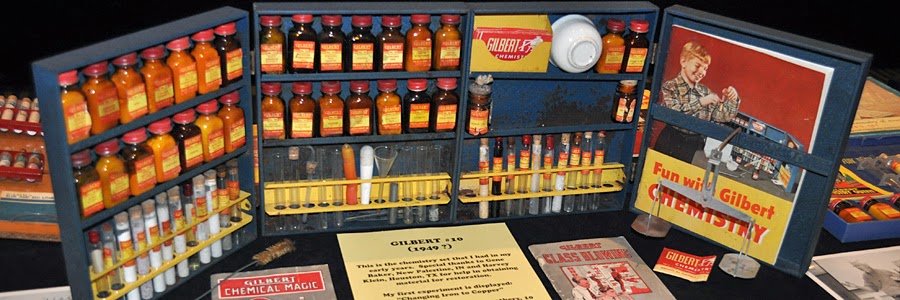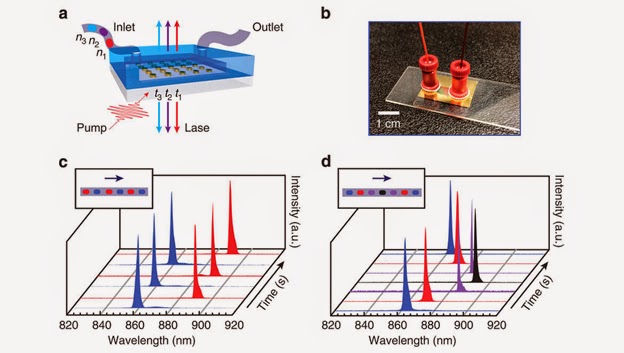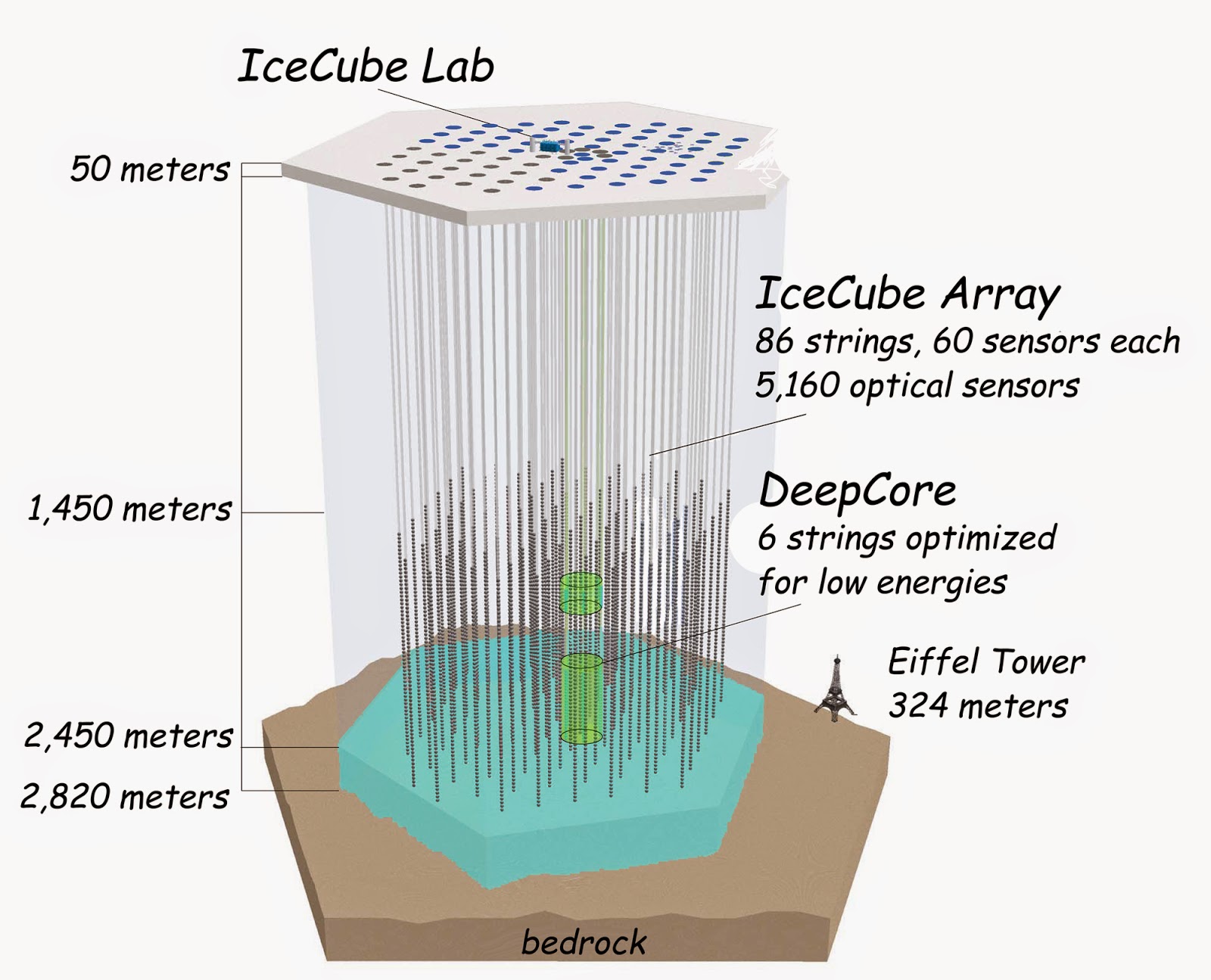 |
| Skip Sterling for Quanta Magazine |
Topics: Higgs Boson, Higgs Field, Large Hadron Collider, LHC, Particle Physics, Theoretical Physics
Three physicists who have been collaborating in the San Francisco Bay Area over the past year have devised a new solution to a mystery that has beleaguered their field for more than 30 years. This profound puzzle, which has driven experiments at increasingly powerful particle colliders and given rise to the controversial multiverse hypothesis, amounts to something a bright fourth-grader might ask: How can a magnet lift a paperclip against the gravitational pull of the entire planet?
Despite its sway over the motion of stars and galaxies, the force of gravity is hundreds of millions of trillions of trillions of times weaker than magnetism and the other microscopic forces of nature. This disparity shows up in physics equations as a similarly absurd difference between the mass of the Higgs boson, a particle discovered in 2012 that controls the masses and forces associated with the other known particles, and the expected mass range of as-yet-undiscovered gravitational states of matter.
In the absence of evidence from Europe’s Large Hadron Collider (LHC) supporting any of the theories previously proposed to explain this preposterous mass hierarchy — including the seductively elegant “supersymmetry” — many physicists have come to doubt the very logic of nature’s laws. Increasingly, they worry that our universe might just be a random, rather bizarre permutation among uncountable other possible universes — an effective dead end in the quest for a coherent theory of nature.
Their solution traces the hierarchy between gravity and the other fundamental forces back to the explosive birth of the cosmos, when, their model suggests, two variables that were evolving in tandem suddenly deadlocked. At that instant, a hypothetical particle called the “axion” locked the Higgs boson into its present-day mass, far below the scale of gravity. The axion has appeared in theoretical equations since 1977 and is deemed likely to exist. Yet no one, until now, noticed that axions could be what the trio calls “relaxions,” solving the hierarchy problem by “relaxing” the value of the Higgs mass.
Inspired by a 1984 attempt by Larry Abbott to address a different naturalness problem in physics, they sought to recast the Higgs mass as an evolving parameter, one that could dynamically “relax” to its tiny value during the birth of the cosmos rather than starting out as a fixed, seemingly improbable constant. “Though it took six months of dead ends and really stupid models and very baroque, complicated things, we ended up landing on this very simple picture,” Kaplan said.
In their model, the Higgs mass depends on the numerical value of a hypothetical field that permeates space and time: an axion field. To picture it, “we think of the totality of space as being this 3-D mattress,” Dimopoulos said. The value at each point in the field corresponds to how compressed the mattress springs are there. It has long been recognized that the existence of this mattress — and its vibrations in the form of axions — could solve two deep mysteries: First, the axion field would explain why most interactions between protons and neutrons run both forward and backward, solving what’s known as the “strong CP” problem. And axions could make up dark matter. Solving the hierarchy problem would be a third impressive achievement.
Quanta Magazine: A New Theory to Explain the Higgs Mass, Natalie Wolchover



